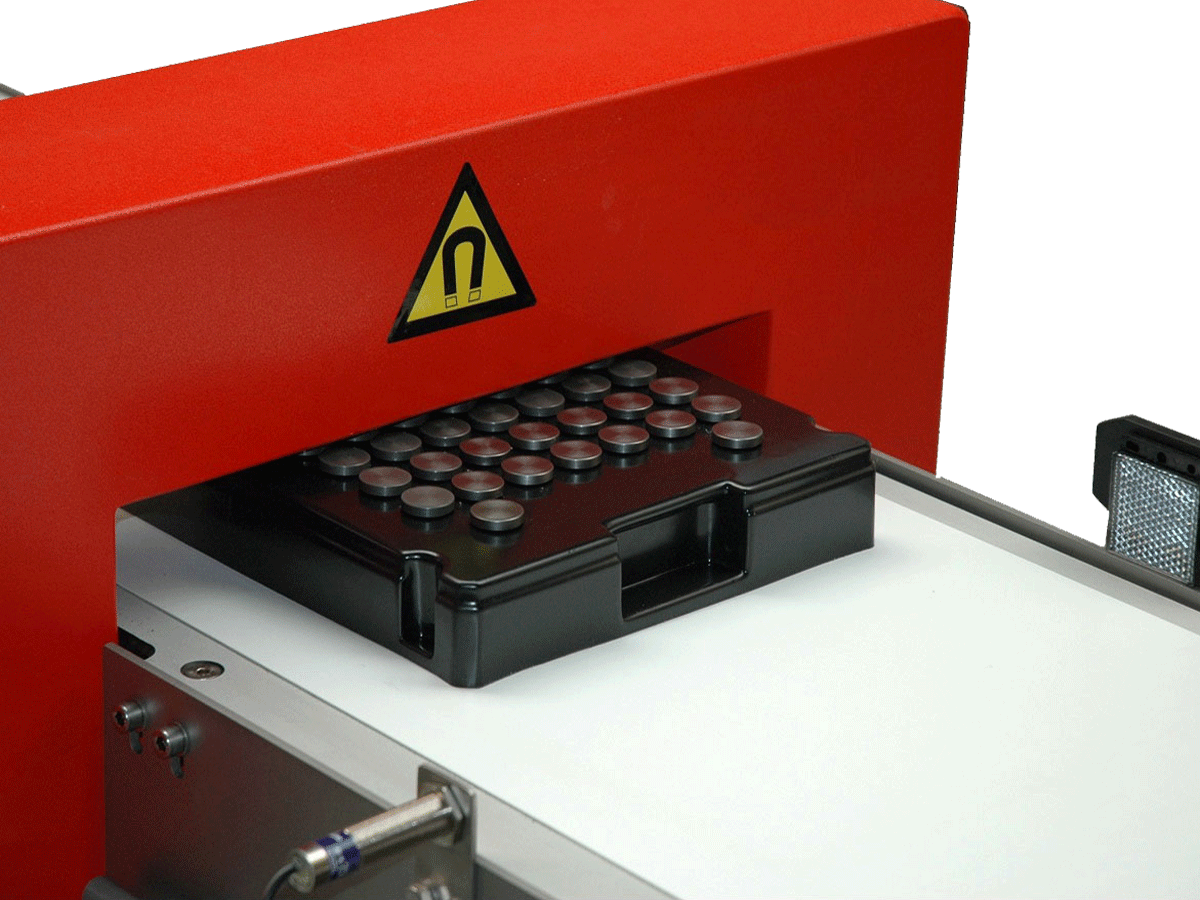
Tunnel demagnetizers
Demagnetization tunnels remove magnetism in both hard and soft metal tools and large or long products.

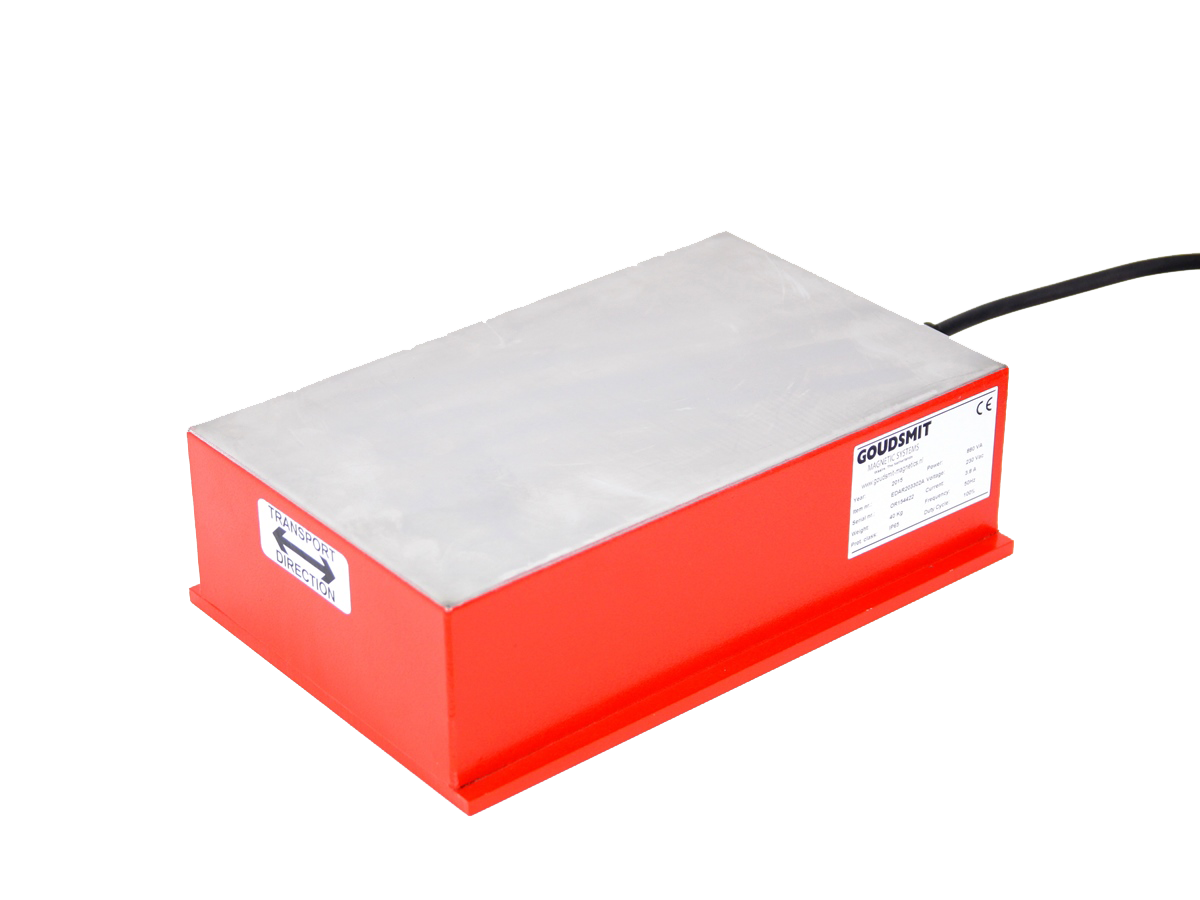
Plate demagnetizers
Compact plate demagnetizers remove magnetism from flat metal or single-sided magnetic products up to 10 mm thick.

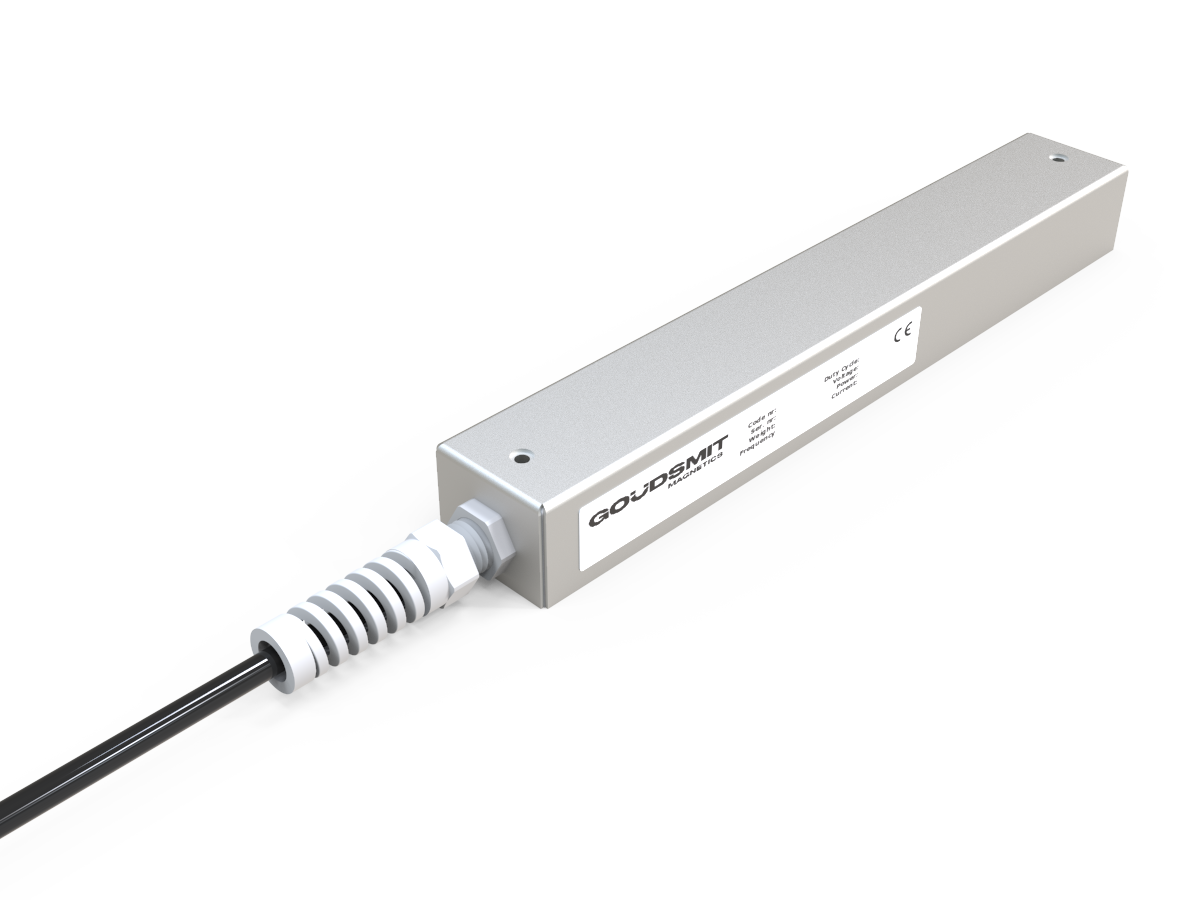
Handheld demagnetizers
Handheld demagnetizers remove magnetism from tools and machine parts in hard-to-reach places.

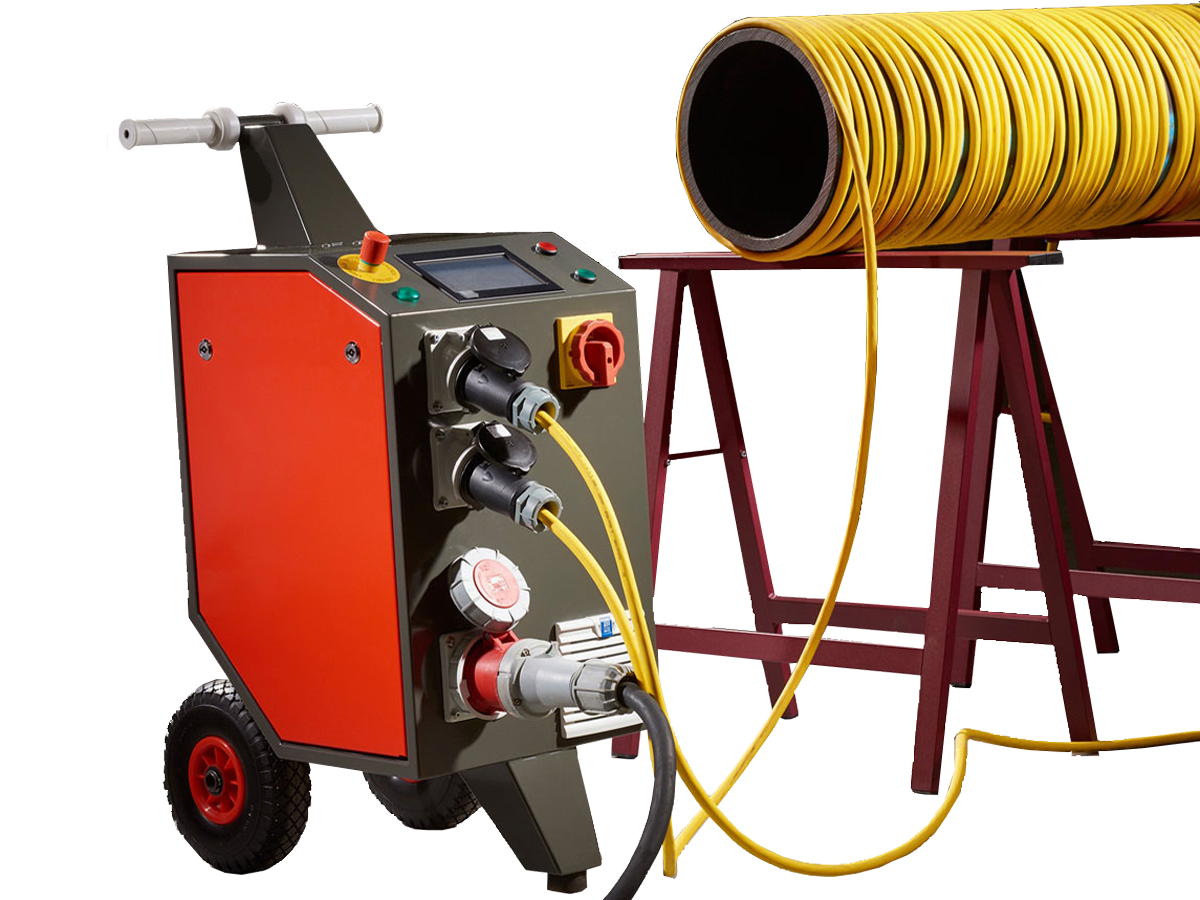
Mobile demagnetizing unit
Flexible and easy to move. Ideal for hard-to-reach places, or for occasional use. With a user-friendly control panel.

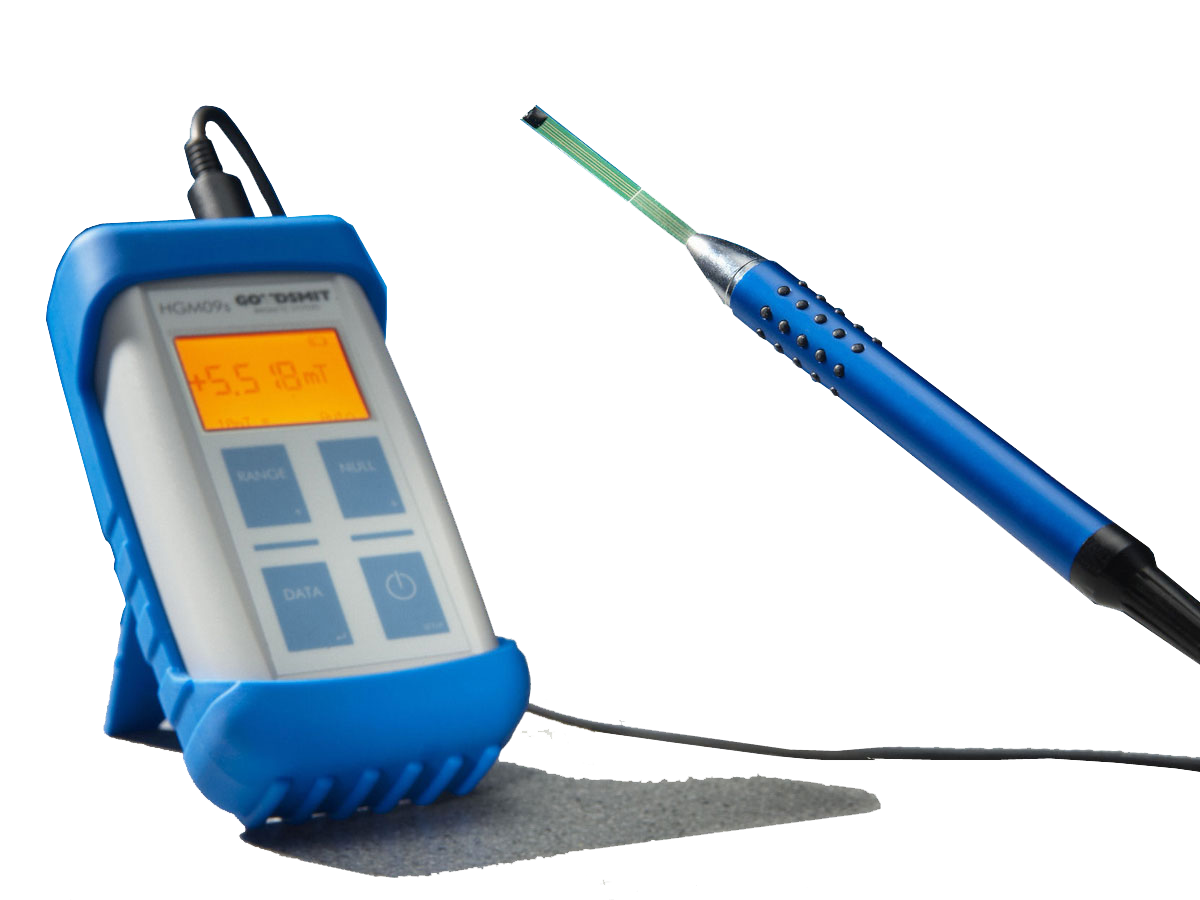
Gauss meter
The gauss meter measures the local magnetic flux density of, for instance, a surface. The measurements are read in units of tesla, gauss, kA/m or oers...

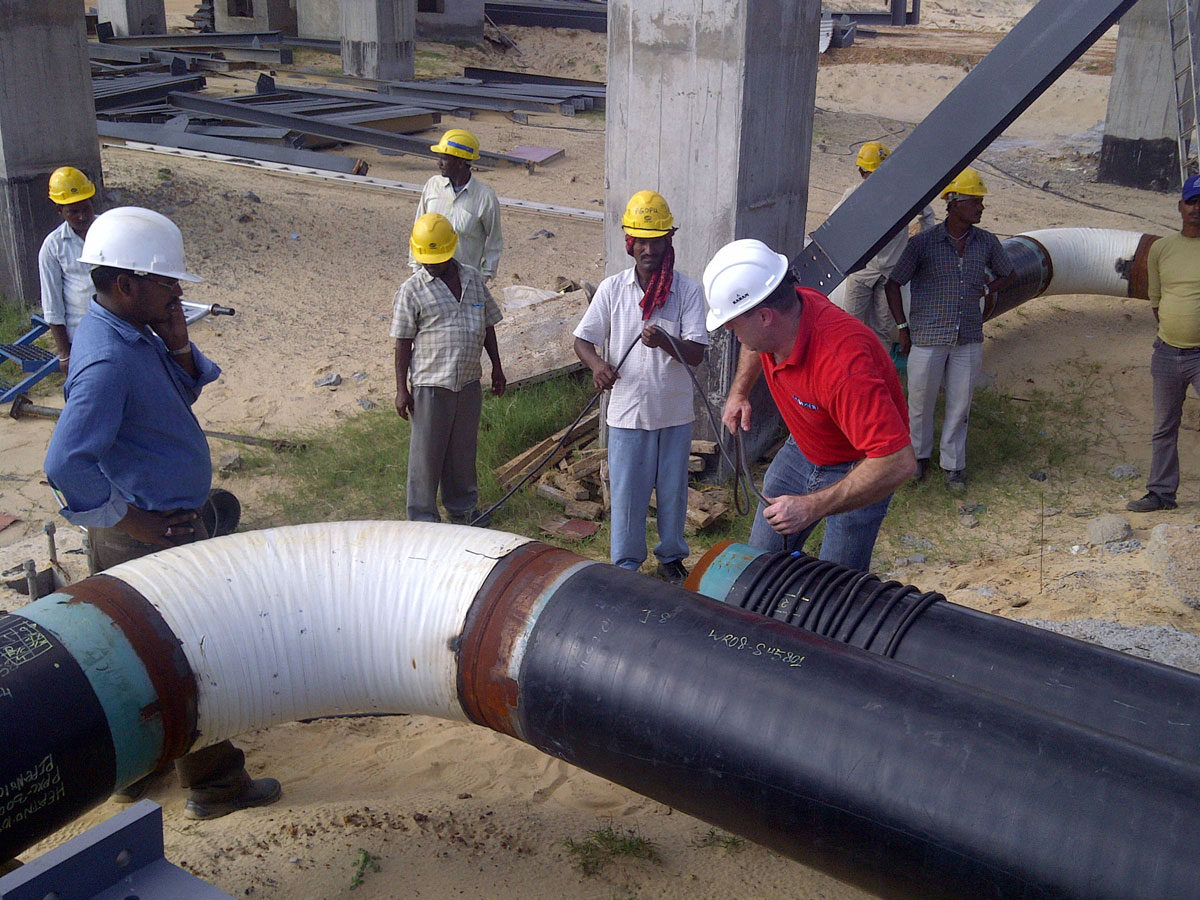
Demagnetization on location
Our service engineers will remove undesired magnetism in your product. At Goudsmit or at your location.

Why degauss?
The consequences of residual magnetism may be desirable, problematic or even very costly. A nut that clings to the end of a screwdriver is handy. Having two products stick together in a mould is an undesirable situation; this interrupts production and therefore costs time and money.
Magnetically conductive metals, such as steel products and tools which are processed or come into contact with magnets, can easily become magnetized. For example, after contact with clamping tables or after magnetic conveyance. Other causes include welding, grinding, bending, machining, deep drawing and even mechanical vibrations. Depending on the type of metal, material structure or alloy, this magnetism may be retained in the object.
Unwanted residual magnetism can cause many problems in a production process, such as:
- Products sticking together in a mould
- A rough surface after galvanization
- Welding impossible or with difficulty
- Welds that only penetrate on one side
- Increased bearing wear
- Metal chips that stick to parts or tools
- Detection errors by actuators and magnetic sensors
- Failure and waiting times at automatic machining stations due to adhering materials
- Imperfections and thickness differences during electro galvanization or chrome plating
- Adherence of extra dirt and dust
- Magnetized saw blade.
In other words: undesired residual magnetism costs time and money and has a negative impact on the quality of finished products.
Goudsmit industrial demagnetizers remove undesired magnetism or reduce it to a negligible level.
It is also possible to temporarily neutralize a magnetic field with a counterfield, in order to weld a magnetic product for example.
Goudsmit not only supplies degaussing systems but also offers on-site demagnetization of your products as a service.
Non-magnetically conductive material such as stainless steel can also become magnetically conductive after a machining operation. Demagnetization (or degaussing) therefore often takes place during or after machining processes, many times just before packaging. But it is often also possible to demagnetize packaged products.
When should you demagnetize?
Based on experience, as well as experimentation, we have compiled a table of the field strength usually present in steel products:
Field strength Effect
(gauss)
>200 Permanent magnet
20-40 Paperclip sticks
>15 Small metal components stick
>10 Small metal shavings stick
>4 Metal dust sticks
40-50 Interferes with arc welding
0,3-0,6 Field strength of the Earth
The objective of demagnetization / degaussing is to reduce the residual magnetism to a maximum of 5 gauss. With a magnetic field meter you can measure the exact field strength and direction of the field.
How should you demagnetize?
We demagnetize a product by exposing it to a sufficiently strong, alternating counterfield of decreasing strength, which gradually reduces the flux density. See hysteris in ferromagnetic materials - BH curve.
Depending on the type, shape, dimensions, speed and quantity, there are several options available for eliminating undesired magnetism.
A few examples
- Small components such as drill bits: through use of a hand-held degausser.
- Thick materials such as moulds: with a low-frequency demagnetizing tunnel.
- Utensils or similar materials: with a high-frequency demagnetizing tunnel.
- This also goes for materials that have an irregular surface or large dimensions.
- For products in boxes or on pallets a very practical solution is a roller conveyor with demagnetizing tunnel.
- For demagnetisation on site we use a mobile demagnetisation unit.
The demagnetization process is influenced by several factors:
- Direction of conveyance through the tunnel
This is dependent on the product geometry.
- Fill factor of the opening
The tunnel opening must be at least 50-60% filled by the product. For this reason Goudsmit offers tunnels with various passage dimensions; there is always one to fit your application. For products that vary greatly in size we recommend that you either use demagnetization tunnels with various dimensions or send multiple products through the tunnel simultaneously, which will allow you to achieve a better fill factor.
- Frequency of the magnetic field
To achieve a lasting demagnetization effect, it is often insufficient to demagnetize just the surface. Remaining magnetism at the core will then penetrate to the surface again within several days.For wall thicknesses in excess of 10 mm, a low frequency demagnetization tunnel is required to achieve sufficiently deep demagnetization.
- Magnetic field strength or power
As a general rule, the harder the material is, the harder it is to demagnetize. A strong magnetic field is required for demagnetization of hard materials and tools.
- Throughput speed
To ensure good demagnetization, the polarity of the Weiss regions (see Curie temperature) must be reversed several times. This means that the product must remain in the tunnel for a certain amount of time. The correct throughput speed is therefore very important.
- Shielding effect
Products lying in a transport basket are very difficult to demagnetize because the lines of force generally tend to trace a path along the outside of the basket. Small, randomly arranged products in a basket severely weaken the demagnetizing effect, which results in the products being demagnetized on the surface and edges but not inside.
Choosing the right demagnetizing system is a matter of experience and depends in great part on the product. We offer customer-specific solutions, with an optimal demagnetization effect, that fit well in your production process. For complex products, we are happy to test your product at our test centre to determine the correct demagnetization system

